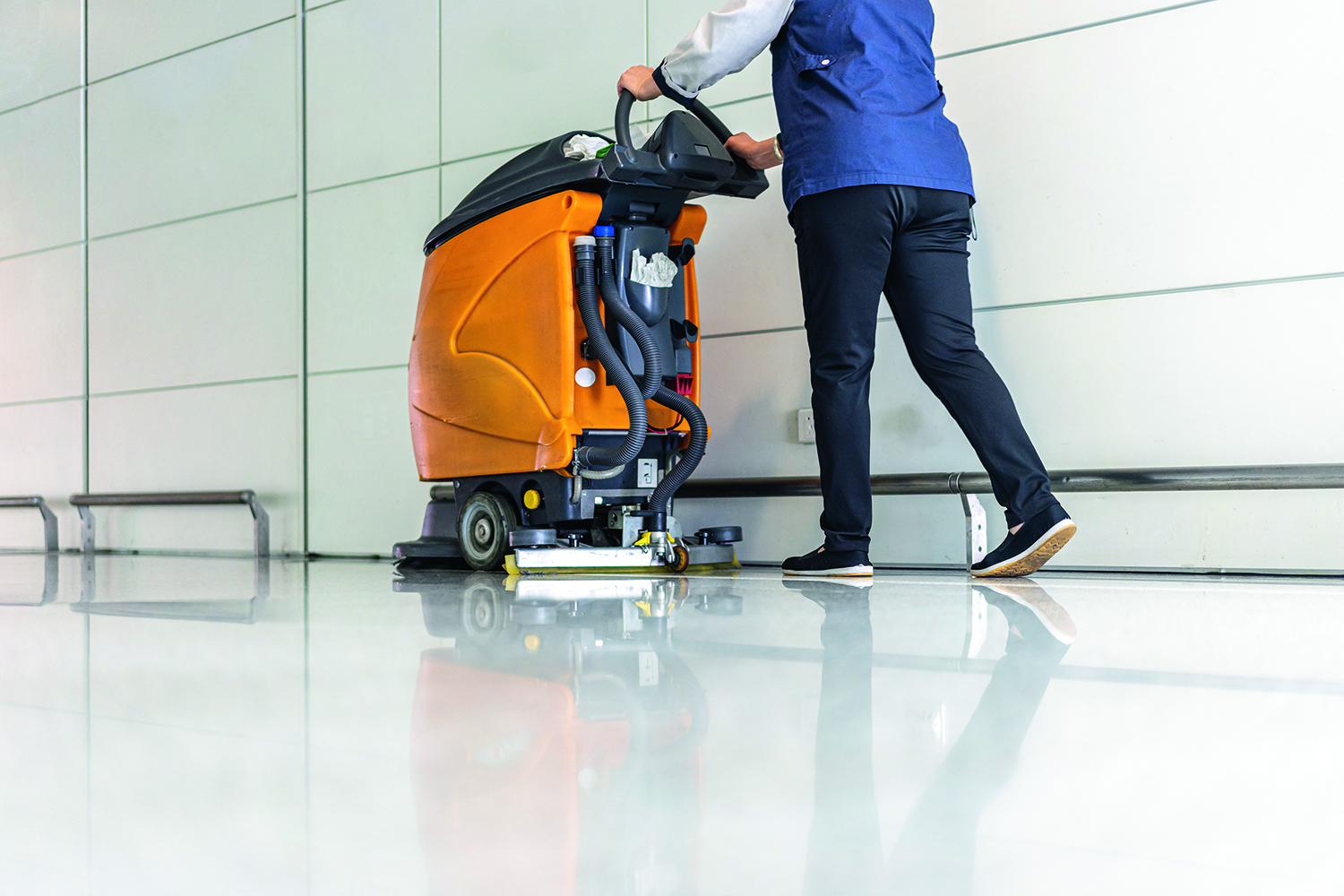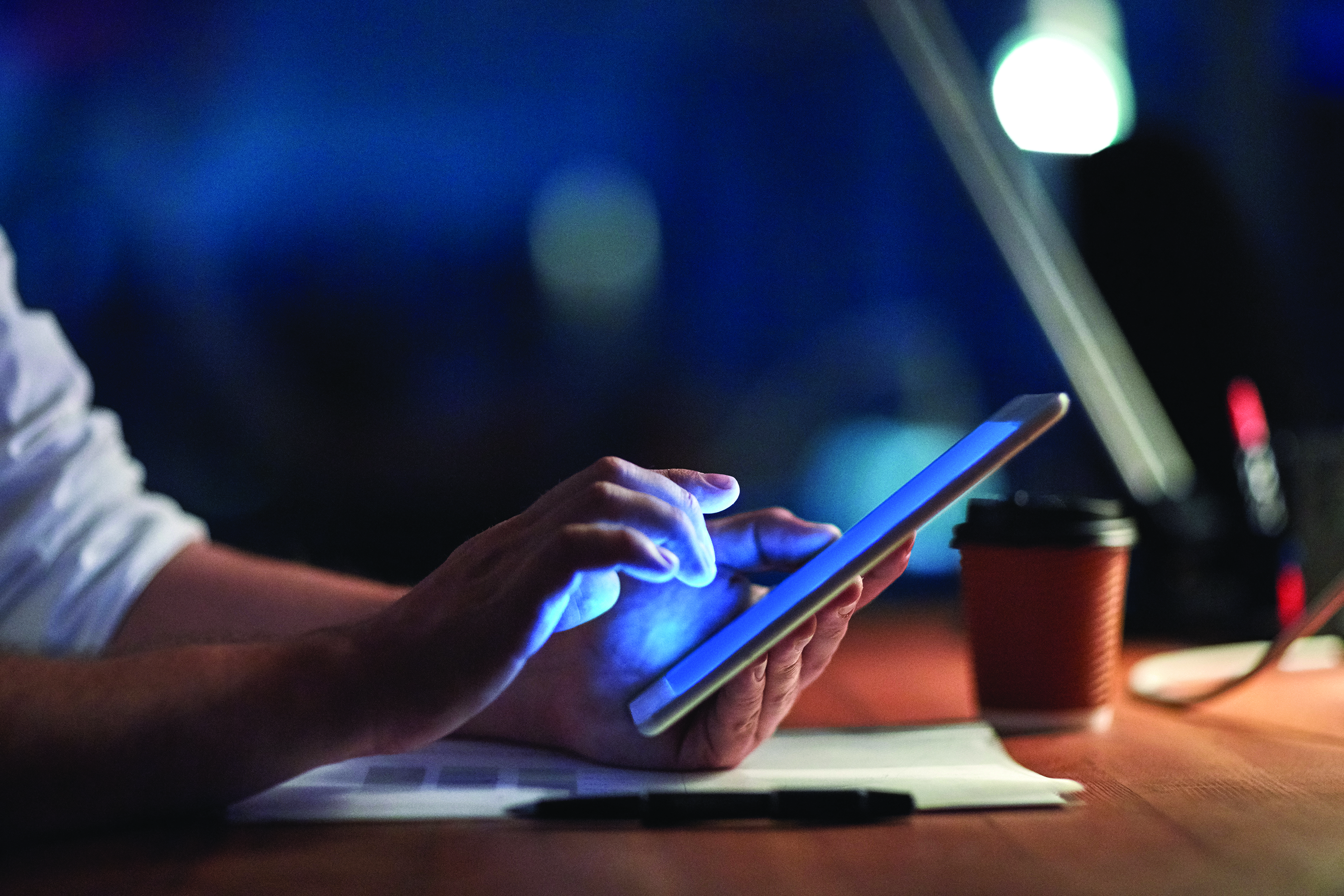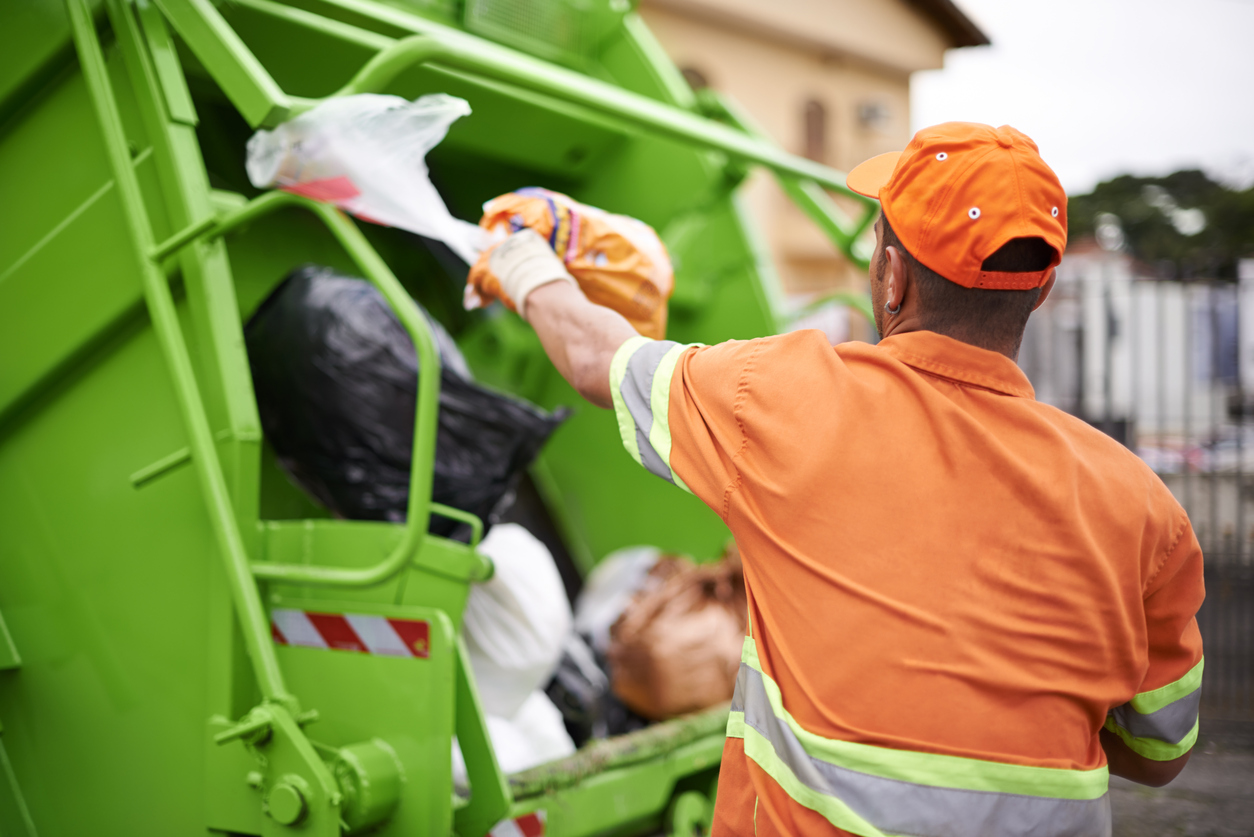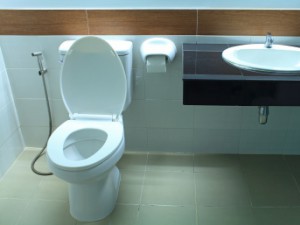
With traditional mops and buckets increasingly being seen as relics of floorcare, innovative cleaning operators are turning to cloud-connected technologies that promise faster and more efficient cleaning.
The humble vacuum cleaner has come a long way.
As part of the digitisation of floorcare and other components of cleaning, contractors and facility managers are turning to cloud-connected technologies that allow them to track assets and their performance. Remote monitoring shapes as one of the key benefits as the technology evolves and improves over time.
The trend resonates with Lisa Michalson, director of Cleanstar, a major brand in the cleaning and hospitality industries. She notes that one of the machines in her business’s inventory, the SPRiNTUS ERA PRO commercial vacuum cleaner, is touted as the world’s first digital dry machine. Bluetooth connectivity and a cloud-based fleet-management system allow operators to centrally manage all machines in the suite at any time.
Michalson adds that such a machine can collect and monitor data such as location, property names, users, daily run times, maintenance dates, faults and replacement of filters – all via an app.
“All data is synchronised by smartphone or computer,” she says.
“This is a new element to cleaning and it’s a fantastic way for cleaning companies to monitor everything and keep all cleaners working efficiently and smarter.”
With floor-maintenance programs often being one of the big budget items for facilities, ushering in such tech-led efficiencies shapes as a significant step forward for the cleaning and hygiene sector as it seeks to better validate cleaning outcomes in the aftermath of COVID-19.
If facility managers and cleaners can capture meaningful metrics and statistics and upload it to the cloud, they should be able to access live reports that give them insights into how their cleaning assets are doing compared with mop-wielding humans.
Cleaner and greener
Vacuums represent just part of the progression of hard floorcare. In days past, such floors had to be stripped, sealed and finished regularly as part of a labour-intensive task that sucked up a lot of time for employees and money for the business.
These old floor strippers relied on nasty chemicals that were often flushed down drains into water-treatment facilities or waterways. The switch to more durable, lower-maintenance floor finishes is reducing the need for polymer coatings, while greener chemicals are also making headway.
Joe Camilleri, managing director of Central Cleaning Supplies, says that depending on the industry there has been a move towards concrete floors, as well as luxury vinyl floors. This, in turn, has led to less use of harsh stripper chemicals that in the past may have created occupational hazards such as asthma and headaches for cleaners.
“We should expect a continued push towards more environmentally friendly outcomes,” he says.
“This could be in the form of using less chemicals, chemical-free cleaning, or using more non-hazardous and greener chemicals.”
There are a number of ways to assist with a more sustainable approach, according to Camilleri.
“For example, Bonastre diamond polishing pads are good at minimising and sometimes remove the need for using chemicals.”
He says there is also the option of using chemical-free purified alkaline water. At a pH level of 12.5, it delivers good cleaning results without the need for rinsing. “Floors can stay clean longer when no chemical residues are left behind, meaning less cleaning frequency is required,” Camilleri says.
He adds that powerful “LionsBot robots typically use less water to get the same result”. “What’s more, no harsh chemicals are needed if they use pH 12.5 alkaline water in the cleaning process.”
Camilleri expects autonomous machines to play an increasing role as part of the sustainability push within the cleaning and hygiene sector.
“Greater cleanliness and consistency are ever more important and, as such, demands for autonomous machines such as cleaning robots will continue to increase. They are excellent at assisting the cleaning team with repetitive floor cleaning, while allowing them to focus on the more detail-specific tasks such as touch-point cleaning.”
He also thinks there will be greater emphasis on fine-tuning and improving tools that are already in use. For instance, a range of scrubbers and polishers from Excentr – a Dutch manufacturer of innovative cleaning machines – has created ‘eccentric’ movements of 2850rpm in small circles of 7mm, which means the machines can generate 15 times more movement than conventional cleaning machines.
“So, work can be done much faster, which means serious time and labour savings,” Camilleri says. “Also, simply producing machines to work with rectangular and special-shaped pads allows for closer edge and corner cleaning.”
Robotics a work in progress
While few people in the cleaning industry doubt that robotics represents a significant part of the future of floorcare, the case for autonomous machines is still being made.
Steve Bagshaw, CEO of i-team Australia and New Zealand, says even if robotic floor scrubbers do a good job cleaning most of an area in larger commercial settings, they often cannot efficiently navigate areas close to walls and skirting boards. “That means you may have to hand mop the edges, which costs time and money,” he says.
To combat this problem, i-team has increased the scrub deck of its popular i-mops to 62cm, creating the i-mop XXL floor scrubber dryer. It has also lifted the tank capacity to allow for longer periods between refilling.
Bagshaw says such innovative approaches can help minimise manual mopping and get the job done quickly and efficiently while the cleaning industry waits for robotics machines to improve.
“Cleaning companies have to be smart with their use of technology if they want to get the best results.”
Michalson agrees that robotic solutions “still have a long way to go” and that the technology will have to improve further before it realistically shapes as a replacement for human workers.
“They can be very expensive, hard to transport and extremely difficult to work on,” she says. Issues with mapping have also been a significant problem, while Michalson says that servicing of such machines can present challenges.
“You need an army of expert technicians to understand these types of products and offer the correct education and backup if, and when, issues occur.”
Camilleri is more upbeat about the current use of robotics, pointing to a suite of Central Cleaning Supplies products that are having an impact in a range of settings.
“We’ve actually been experiencing great success in introducing robots into the cleaning sector,” he says.
Camilleri notes that the LionsBot family of robots – made in Singapore, distributed throughout more than 20 countries and which prides itself on low water use and smart energy management – can meet the cleaning needs for a wide range of environments and applications.
For example, the Rex is designed for large commercial spaces and can clean up to 4032m² per hour, while the award-winning LeoBots are specialised cleaning robots that can scrub, mop, vacuum and even pull bins. The compact but powerful R3 Scrub can also assist with everyday cleaning tasks.
According to Camilleri, drawing from a broader range of cleaning tools can overcome some of the frustrations associated with robotics in the past. Improvements in technology, such as self-mapping, are creating easier user experiences. Furthermore, continued advancement has meant that all LionBot robots can now clean as close as 10cm to a wall.
“With new innovations, there will always be a period of educating the market regarding the new technology. We have found that this adoption process is made a lot smoother when you have a wide range of robots to meet each specific cleaning need and the whole process of implementation, operation, monitoring and support is made as simple as possible.”
In selecting products, he adds that ease of use should be a key factor to consider, “so the average cleaner can use the robots without much specialised training”.
While she believes traditional cleaning methods will continue to be used in the market, Michalson adds that innovations such as battery technology are making a real difference to efficiency and productivity.
“Battery technology will slowly replace conventional powered machinery, even though batteries have limitations with technology and costs as well,” she says. “But I would say the continuation of improving battery technology in cleaning equipment will be a focus for brands.”
Cost management the key
Agreeing that the reduction in the use of strippers and sealers as a means of protecting floors in the past 15 years has been one of the most marked changes in the cleaning industry, Bagshaw is adamant that technology advances cannot be ignored.
In line with such leaps forward, he expects cleaning companies to embrace the importance of training as businesses and consumers start to educate themselves on the latest technology releases.
As 2023 unfolds and floorcare services companies start to emerge from the pressures of COVID-19, Bagshaw adds that one challenge industry product and service providers could face is that some customers will again prioritise budget cuts over cleaning and hygiene outcomes.
“We’re back to pre-COVID normal now with people wanting to emphasis price again,” he says.
This will put a premium on developing affordable technology-led solutions that deliver efficiencies and greater worker productivity.
This first appeared in the March/April issue of INCLEAN magazine
Comment below to have your say on this story.
If you have a news story or tip-off, get in touch at info@incleanmag.com.au
Sign up to INCLEAN’s newsletter.



